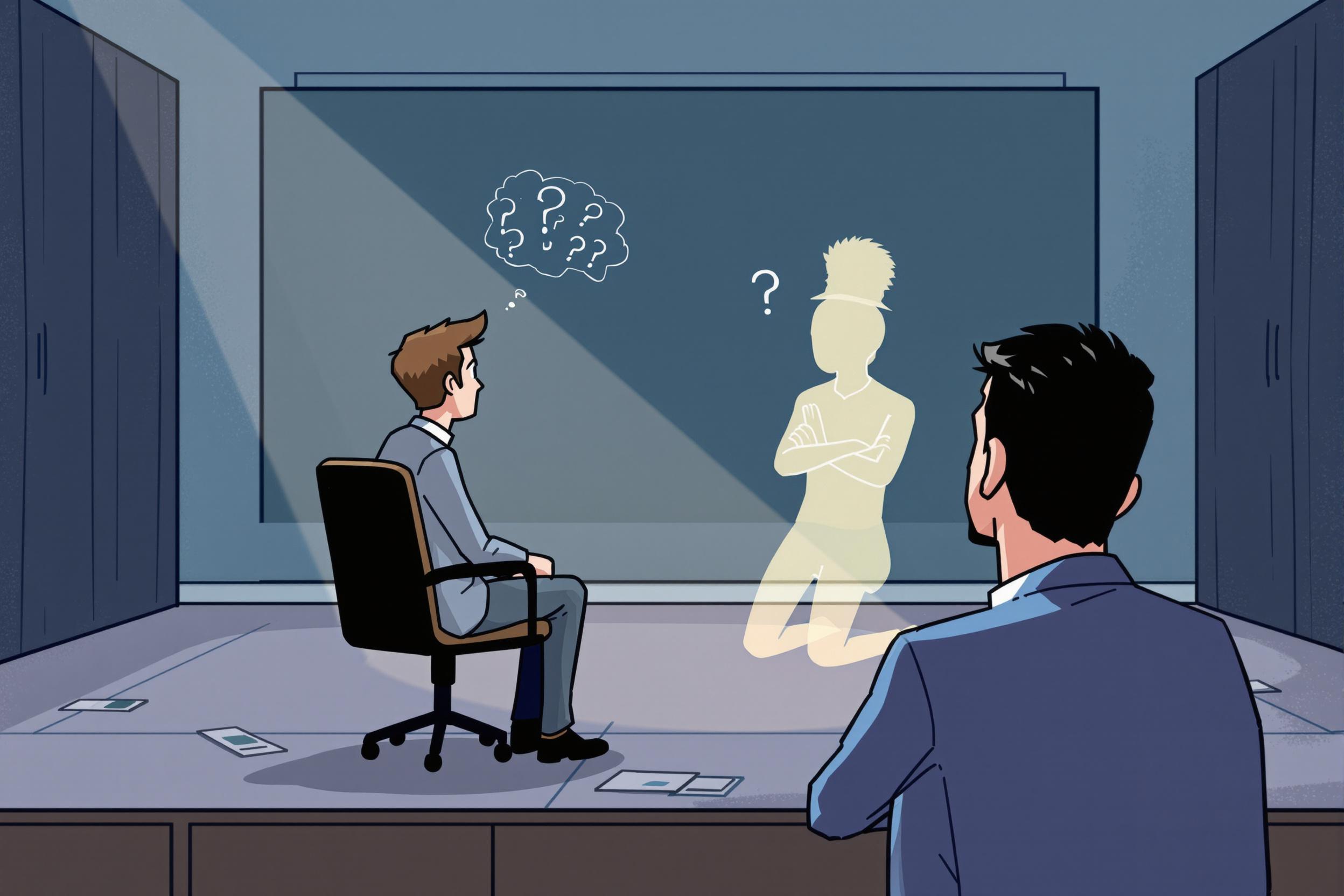
Cast Shadow
A cast shadow is a fundamental artistic concept that shows how an object blocks light and creates a dark area on nearby surfaces. It's a crucial skill in illustration and design that helps make artwork look more realistic and three-dimensional. When reviewing portfolios or job applications, seeing "cast shadow" mentioned usually indicates that the artist understands how light works and can create depth in their artwork. This is similar to other lighting terms like "drop shadow" or "core shadow," but specifically refers to the shadow that objects create on other surfaces.
Examples in Resumes
Created realistic product illustrations with accurate Cast Shadow techniques for e-commerce websites
Improved architectural visualization renders by implementing proper Cast Shadow and lighting effects
Taught Cast Shadow fundamentals to junior designers to enhance their illustration skills
Typical job title: "Illustrators"
Also try searching for:
Where to Find Illustrators
Online Art Communities
Professional Networks
Learning Resources
Example Interview Questions
Senior Level Questions
Q: How do you approach teaching cast shadow techniques to junior artists?
Expected Answer: A senior artist should explain their methodology for breaking down complex lighting concepts into simple, teachable components, and share examples of how they've successfully trained others.
Q: How do you handle cast shadows in different lighting conditions?
Expected Answer: They should discuss how they adapt shadow techniques for various scenarios like multiple light sources, outdoor vs indoor lighting, and different times of day.
Mid Level Questions
Q: How do you ensure cast shadows are consistent across a series of illustrations?
Expected Answer: Should explain their process for maintaining lighting direction and shadow properties across multiple pieces of artwork to ensure visual consistency.
Q: What's your process for creating realistic cast shadows?
Expected Answer: Should describe their workflow for observing, analyzing, and implementing shadows, including how they determine shadow shape, density, and edge quality.
Junior Level Questions
Q: Can you explain what a cast shadow is and why it's important?
Expected Answer: Should be able to explain that cast shadows are created when an object blocks light, and that they help make artwork look more realistic and three-dimensional.
Q: What basic principles do you follow when drawing cast shadows?
Expected Answer: Should mention basics like shadow direction following the light source, shadows getting softer with distance, and how surface texture affects shadow appearance.
Experience Level Indicators
Junior (0-2 years)
- Basic understanding of light and shadow
- Can create simple cast shadows
- Familiar with digital illustration tools
- Understanding of basic perspective
Mid (2-5 years)
- Complex shadow rendering
- Multiple light source handling
- Efficient workflow processes
- Strong digital tool proficiency
Senior (5+ years)
- Advanced lighting expertise
- Can train others in shadow techniques
- Project management abilities
- Industry standard workflow mastery
Red Flags to Watch For
- Unable to explain basic lighting principles
- Portfolio lacks examples of proper shadow work
- No understanding of light direction and shadow relationships
- Cannot demonstrate shadow techniques in real-time
Related Terms
Need more hiring wisdom? Check these out...

Ghosted Again? How to Stop Candidates from Disappearing and Start Engaging Them Better

Who’s Really Running Your Interviews? How to Reduce Bias in Remote Hiring

Navigating the Virtual Horizon: Rethinking Leadership Succession in a Remote-First World

